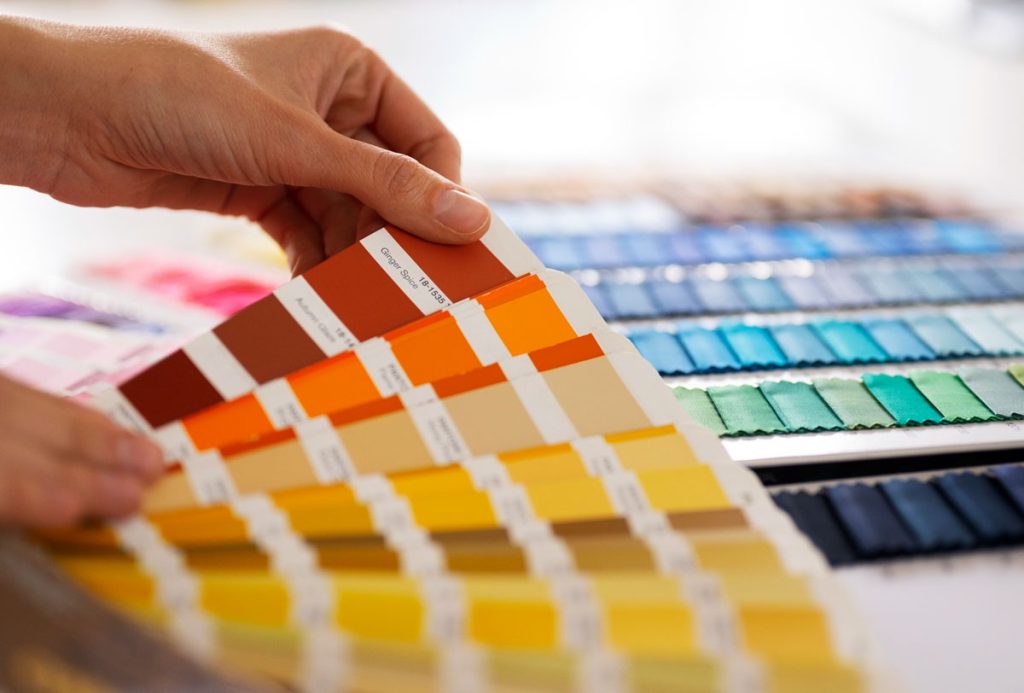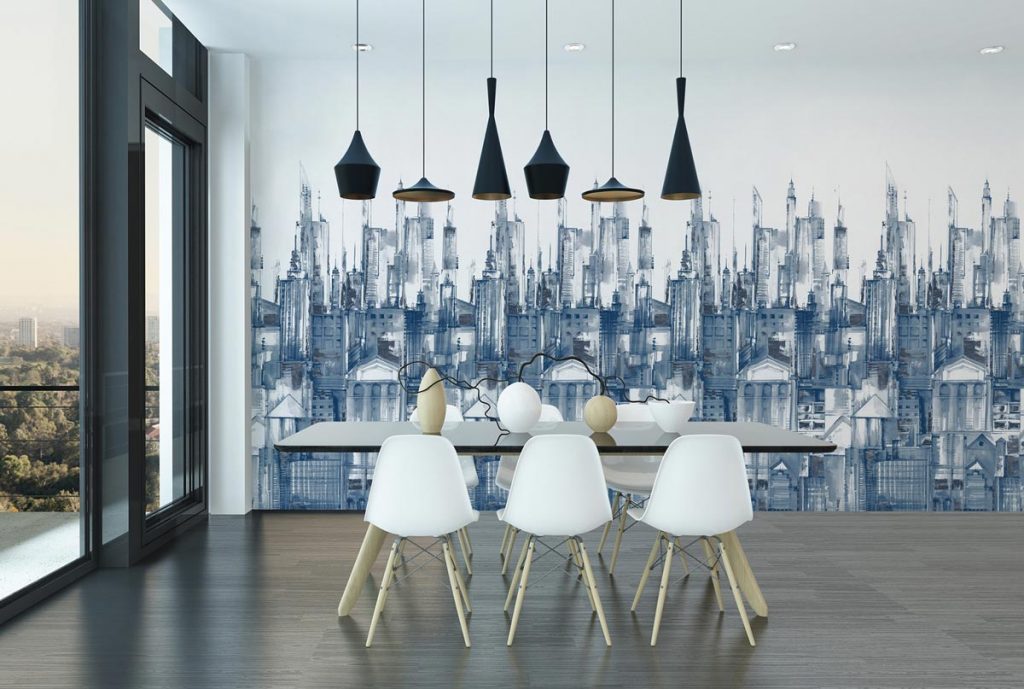The Role Of Color In Home Design

Though it often goes overlooked, color plays a pivotal role in home design. Not only does color have the ability to evoke certain emotions when you walk into a room, but it also improves the cohesion of the space. In the world of home design, it is critical to understand that it’s not just how the color looks, it’s how it makes you feel. The concept of color theory, or color psychology, invokes emotional responses while also setting the tone of the room. Let’s explore the true role of color in home design.

What Is Color Theory?
As mentioned earlier, color theory is the school of thought about how colors work together and how people interact with them as they are experienced in home design. All the colors in home design start from the three primary colors: red, blue, and yellow. From there, you can create the secondary colors of green, orange, and violet. From there, if you mix a primary color with a secondary color, you have a tertiary color. Color theory then delves into four modifiers that emotionally impact how the color is perceived in the home, they include:
Complementation
The idea of complementation is how two colors relate to each other. While it sounds simple, it can be difficult to find the right balance. One rule of thumb is to pair colors that are opposite of each other on the color wheel.
Contrast
On the other side of complementation is contrast. Its main goal is to create visual interest by providing a clear line of differentiation between the colors. Contrast also has the ability to draw the eye to specific home design elements.
Vibrancy
Vibrancy is simply how much emotion is portrayed through the color. For example, bright colors tend to make people feel more energetic and lively while dark colors tend to make people more calm and relaxed.
Tint, Hue, And Shade
Though they are often used interchangeably, shade and hue are two separate concepts. You achieve a shade when you mix a color with black, but you achieve a tint when you mix a color with white. Hue, on the other hand, is the color in its purest form.

How Color Impacts Our Home Design
When discussing how color impacts the feel of a room, it’s important to discuss how choosing the right palette breathes life into a space. Color also can create a cohesive feel between rooms. Some things you should consider when incorporating color into your home design include:
Choosing A Color Scheme
Take a while to think about how you want your home to feel. Your aesthetic and favorite colors are great places to start. One rule of thumb is to choose from the same temperature palette. For example, if you prefer a cozier, warmer feel, consider deeper oranges, reds, and browns. However, if you prefer a cooler, more airy feel, think light grays, blues, and purples.
Go For Color Differentiation
When it comes to using colors in a cohesive home design, you should look towards the 60-30-10 rule. This means that you should utilize three different colors in varying percentages. The main color you choose should cover 60% of the room to serve as an anchor. Most commonly, the main color will be your wall paint.
The secondary color, covering 30% of the space, is used to provide visual interest and is commonly reserved for sofas, cabinets, and curtains.
Your accent color should cover 10% of the space and is a great way to incorporate smaller pieces such as lamps, throw pillows, and artwork.
Another tip to keep in mind is to use one neutral tone against two more pigmented tones. Including a neutral that compliments the others can pull your whole home together.
Don’t Forget Rugs And Flooring
One element often overlooked in home design is the inclusion of area rugs and flooring. Both have the incredible ability to make your home look more cohesive, even if you choose different color palettes for separate spaces. Contrary to popular belief, you don’t have to match your wall colors to your rugs. Slightly lighter or darker rugs and flooring can bridge the gap between rooms.
Consider Applying Trim
Much like area rugs and flooring, trim around your rooms is a great way to bring them together. One of the best ways to make different color palettes look cohesive is to paint all the trim in your home the same neutral color. Neutrals can connect spaces while also helping people feel anchored when they visit different rooms.
Contemplate Room Size
While it is important to choose color palettes you enjoy, it is also crucial to consider how those colors will look in each space. For smaller rooms, most people want to make them look larger. We suggest using lighter colors for walls, furniture, and accents to give the illusion of a more open space. Sheer window treatments can also make the room feel more airy as the natural light comes in. For larger rooms, most people want to make them feel more homey and welcoming. We suggest using darker, warmer colors for walls, furniture, and accents to give the illusion of a more cozy space. You may also want to consider painting your ceiling to make it feel more enclosed.

Home Design Color At Designers Mark
Color plays a pivotal role in home design that goes far beyond deciding on a new paint color for your walls. How your furniture harmonizes with your chosen palette is just as crucial for achieving a cohesive vision.
With over 25 years of interior design experience, Designers Mark has long been the premiere showroom in South Florida. Our team will work closely with you to make your home design dream a reality. From deciding on your initial color scheme to curating unique luxury furniture pieces and accessories, we are here to help every step of the way.
If you have any questions about our home design services or would like to start on your new project, call us at 561-961-4149 or stop by our Boca Raton showroom today!